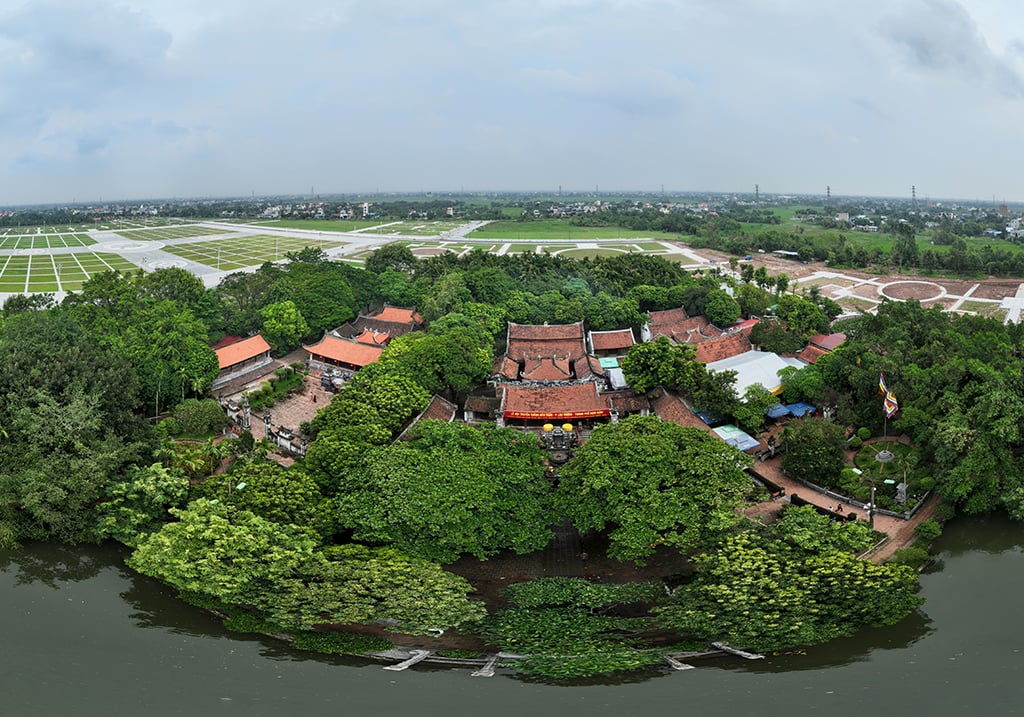
Revolutionary addresses
In Nam Dinh ward, there are many revolutionary and resistance relics associated with the two resistance wars against French colonialism and American imperialism. These "red addresses" are historical witnesses, reminding today's generation of a time of arduous struggle and the indomitable patriotism of our ancestors. Notably, house number 7 Ben Ngu street, where the first branch of the Vietnam Revolutionary Youth Association was established in Nam Dinh . The house is also the birthplace of Tam Nguyen Tran Bich San and the famous Tran family's ancestral temple. Built in 1849, house number 7 was a secret communication base, a gathering place for soldiers to work abroad and a gathering place for patriotic writers during the anti-French period such as: Nguyen Thuong Hien, Vu Huu Loi... The traditional house architecture with a lim wood frame system, a southern tiled roof, has many design details that are convenient for secret activities such as: arched altars, closed rooms. Currently, the house is still preserved on an area of nearly 900m² and is ranked as a historical and cultural relic by the Ministry of Culture and Information (now the Ministry of Culture, Sports and Tourism).
In addition, Nam Dinh ward also has unique relics that demonstrate the indomitable will of the local army and people. The “underground restaurant” at the Hai Ba Trung - Ba Trieu intersection is a special structure, converted from a traffic trench. The solid underground restaurant served cadres, workers and people throughout the war, with a peak of up to thousands of meals per day. Thanks to its solid structure, the area was hit twice by American bombs, but all customers and employees in the basement remained safe. In 1979, the structure was ranked as a National Historical - Cultural Relic.
Along with the underground restaurant, the “Underground Barber Shop” (96 Nguyen Du Street Lane) was also born during the fierce war. Opened on September 2, 1966, the barber shop was located deep underground, with two barbers taking turns serving even during the fierce bombing. The resilient presence of the underground barber shop throughout those years added optimism to the local people and soldiers. The building was ranked as a national historical and cultural relic in 1979.
With a rich system of revolutionary relics, Nam Dinh ward pays special attention to preserving and promoting the value of these "red addresses". Comrade Pham Hong Thai, Chairman of Nam Dinh Ward People's Committee, said: the government will continue to mobilize people to keep the landscape clean and beautiful at the relic sites, and at the same time coordinate with the education sector to convey local historical values to students. "After the merger, Nam Dinh ward was expanded, concentrating many valuable heritages. We identify revolutionary and resistance relics in the area as invaluable spiritual assets, a resource for educating the tradition of patriotism for the younger generation. Therefore, the work of preserving, embellishing and promoting the value of the relics is always a top priority", Chairman of Nam Dinh Ward People's Committee Pham Hong Thai emphasized.
Where the heroic spirit of East Asia settles
Not only proud of its red addresses, Nam Dinh ward is also a land of "geomancy and talent" that has preserved the heroic spirit of the Tran Dynasty. Since the 13th century, the Thien Truong area (formerly Tuc Mac) has marked the glorious history of the Tran Dynasty, the dynasty that defeated the Yuan-Mongol army three times. Currently, Nam Dinh ward owns the special national relic complex of Tran Temple - Thap Pagoda (Pho Minh Pagoda). These are typical heritages with special value in terms of history, culture and architecture of the Tran Dynasty.
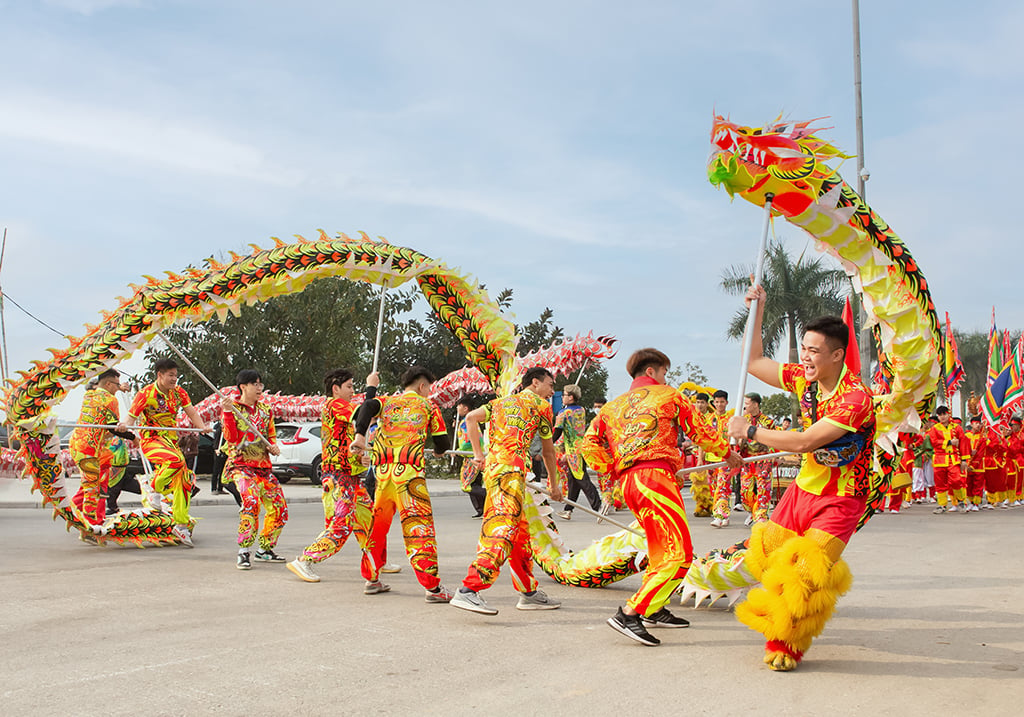
The Tran Temple Complex and Pho Minh Pagoda are located on the ancient land of Thien Truong Palace, the "second capital" under the Tran Dynasty. Through many events, the majestic palaces were destroyed, but many vestiges of the Tran Dynasty were still found through archaeology. The architectural foundations, lemon-flower tiles, ceramics with the words "Thien Truong Palace Che"... were discovered, showing part of the magnificent scale of the Tran Palace complex in ancient Thien Truong. The Tran Temple consists of three temples: Thien Truong (Upper Temple), Co Trach (Lower Temple) and Trung Hoa (restored in 2000). This is the place to worship the Tran Kings, the royal family and the generals who assisted the Tran Dynasty. The Tran Kings and Hung Dao Dai Vuong Tran Quoc Tuan were all solemnly worshiped. After many restorations, the temple still preserves some precious antiques such as the lotus stone base of the Tran Dynasty and the set of carved wooden doors from the 17th century. Co Trach Temple worships the National Duke, Commander-in-Chief Tran Hung Dao and his family, built in the late 19th century. Trung Hoa Temple was restored according to ancient architecture, contributing to completing the Tran Temple relic complex.
About 300m west of Tran Temple, Pho Minh Pagoda (also known as Thap Pagoda) is a famous ancient temple, associated with King Tran Nhan Tong, the founder of the Truc Lam Zen sect. Legend has it that the pagoda dates back to the Ly Dynasty and was expanded during the Tran Dynasty. Today, Pho Minh Pagoda still retains its majestic architecture in the style of "inner public, outer private" with many ancient vestiges. The most prominent is the 14-storey Pho Minh Tower, nearly 20m high, built in the early 14th century and said to be the tomb tower of King Tran Nhan Tong. After more than 7 centuries, Pho Minh Tower still stands majestically, becoming a symbol of Buddhism during the Tran Dynasty.
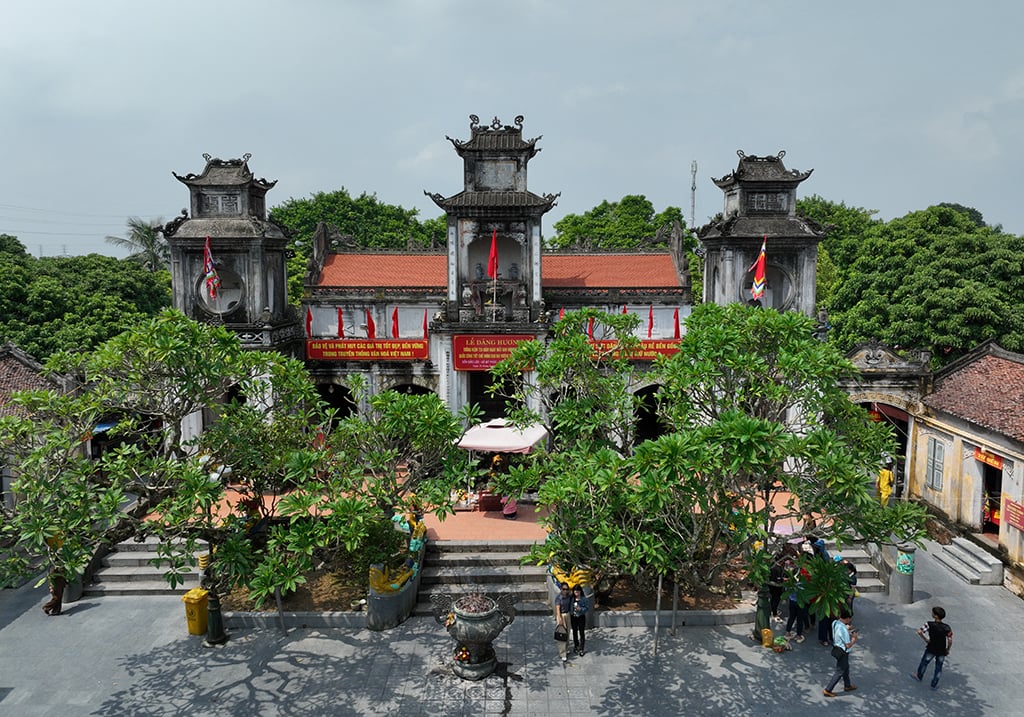
In addition to Tran Temple and Pho Minh Pagoda, Nam Dinh ward also has other valuable Tran Dynasty relics. Bao Loc Temple (formerly My Phuc commune) is considered the childhood hometown of Hung Dao Dai Vuong Tran Quoc Tuan. Initially, it was only a small temple, but later it was renovated and expanded (1928) into a large architectural complex with many items: Tran Hung Dao Temple, Buddhist Temple, Mau Palace and Khai Thanh Temple. Currently, the temple still preserves a bronze statue of Tran Hung Dao and many precious antiques. Every year, the "August Father's Death Anniversary" festival (August 20th of the lunar calendar) at Bao Loc Temple attracts a large number of people and tourists. More than 1 km from Bao Loc Temple, Luu Pho Temple worships Grand Tutor Tran Thu Do, the founding hero of the Tran Dynasty. The temple has ancient architecture, still preserving some vestiges of the Tran Dynasty such as lotus stone pedestals and ancient royal decrees. The traditional festival of Luu Pho Temple takes place on the 7th of the 7th lunar month, commemorating the contributions of Grand Tutor Tran Thu Do to build the Tran Dynasty. Both temples have been ranked as national monuments.
Taking advantage of the "spiritual" land with a dense heritage density, Nam Dinh ward focuses on promoting the connection of relic sites to serve the needs of sightseeing, traditional education and sustainable tourism development. Comrade Nguyen Duc Binh, Head of the Management Board of Tran Temple - Pagoda Tower relics said: "The work of restoring and embellishing items is always carried out periodically, in parallel with improving the quality of explanations and perfecting infrastructure to serve tourists. In particular, the Tran Temple opening ceremony and the Tran Temple traditional festival are always organized thoughtfully and civilly, creating a beautiful impression in the hearts of people and tourists from all over the world".
With the consensus of the government, people and functional agencies, the system of historical and cultural relics in Nam Dinh ward is sustainably preserved, creating an important foundation for urban cultural development, contributing to enriching local identity and preserving the traditional source of the nation./.
Source: https://baoninhbinh.org.vn/phuong-nam-dinh-bao-ton-phat-huy-di-tich-lich-su-van-hoa-243802.htm


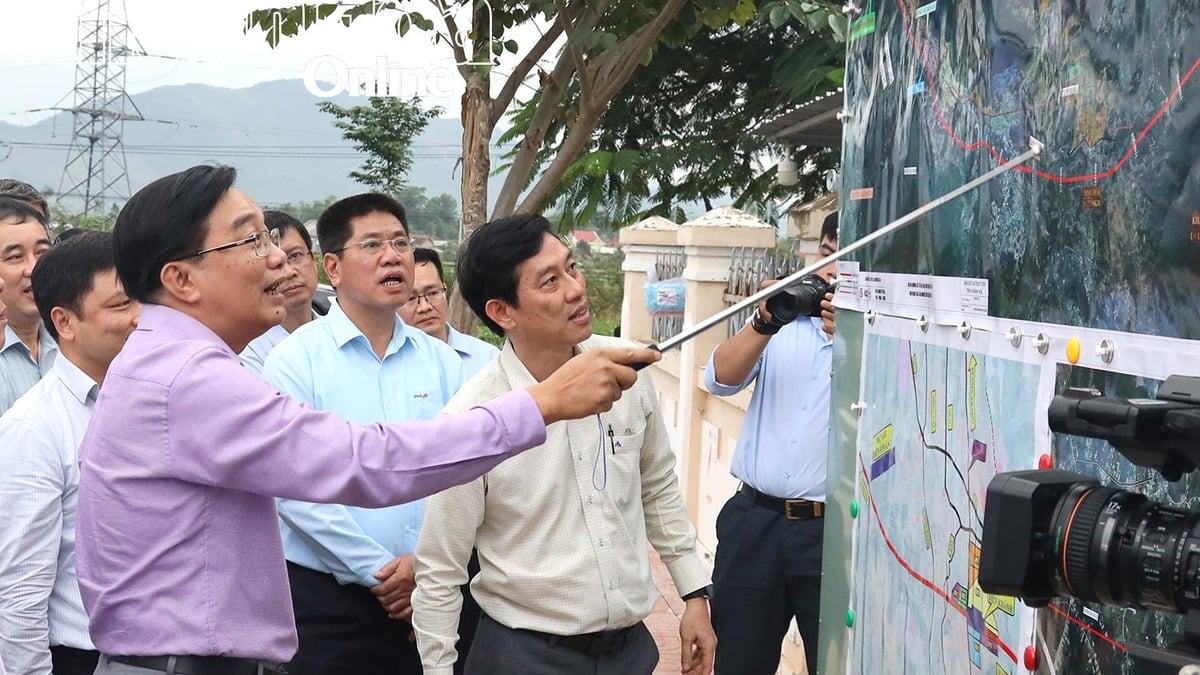
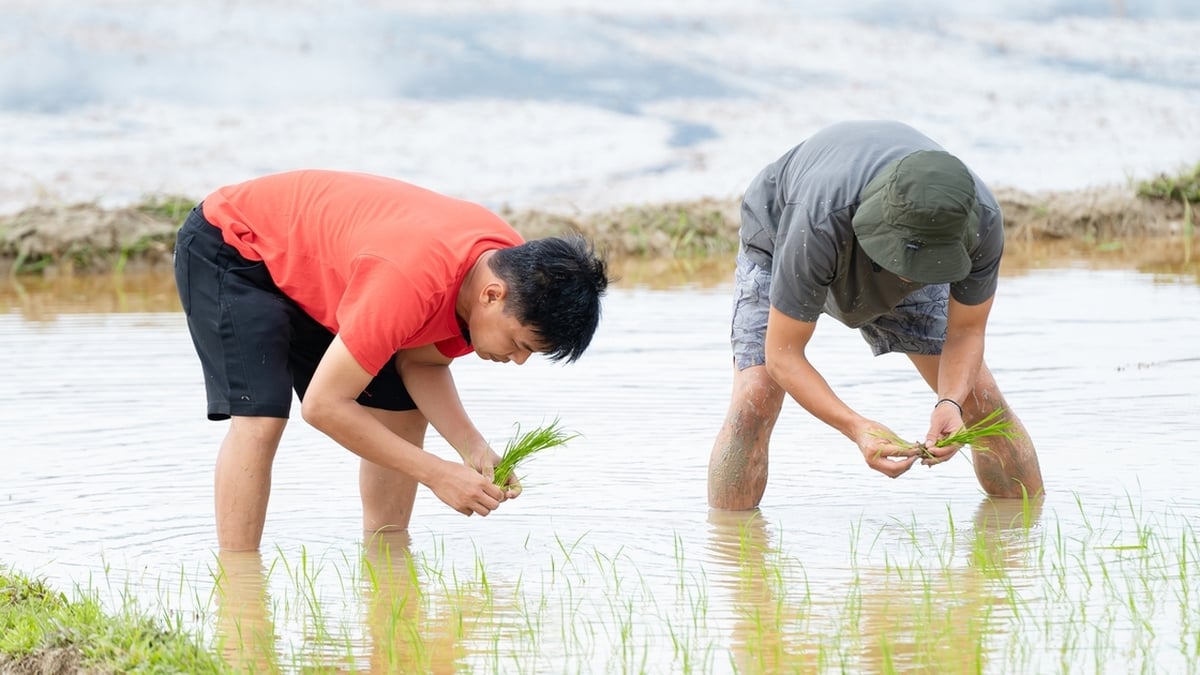
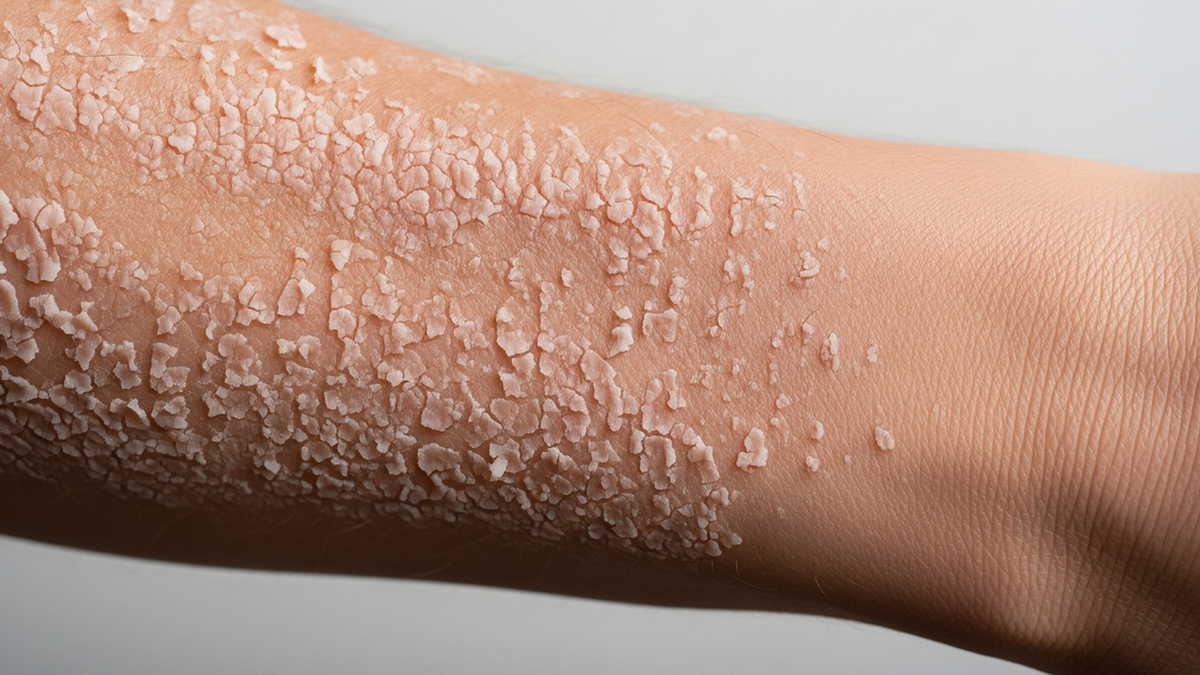
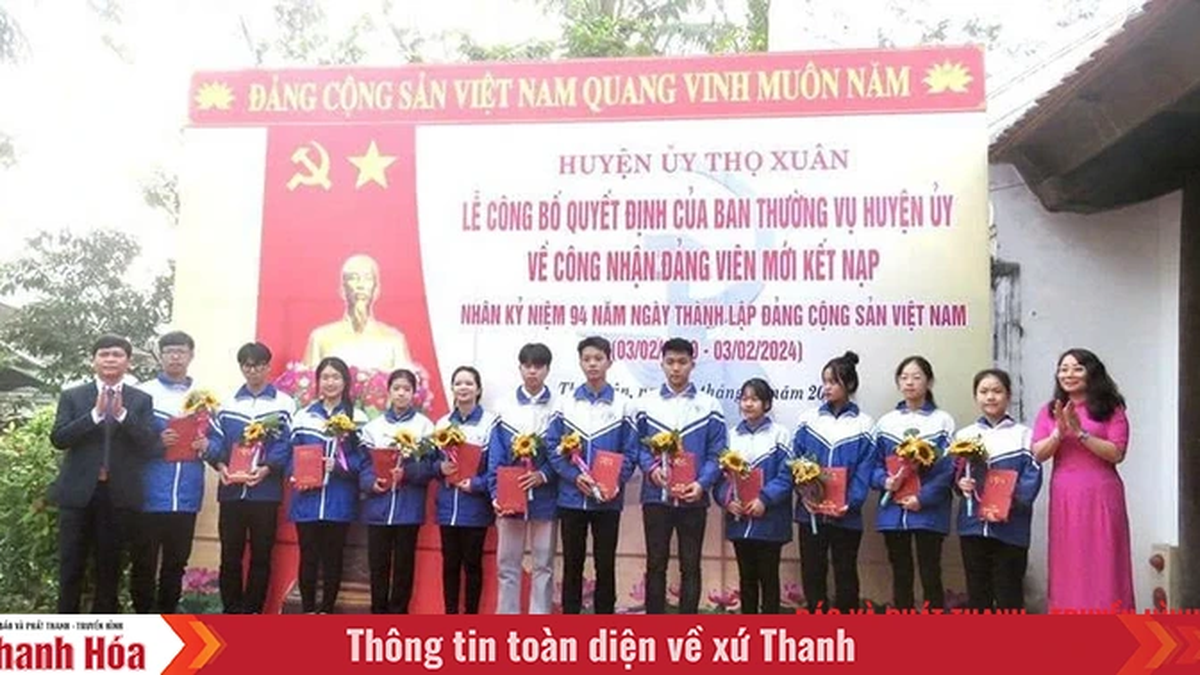

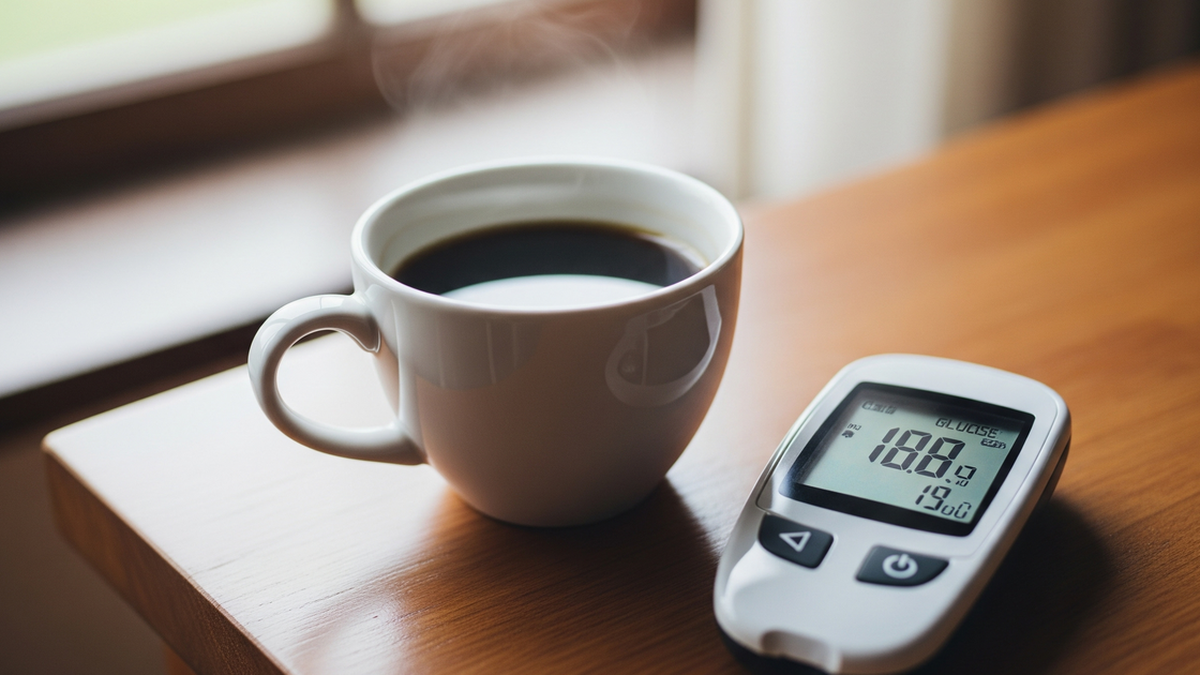

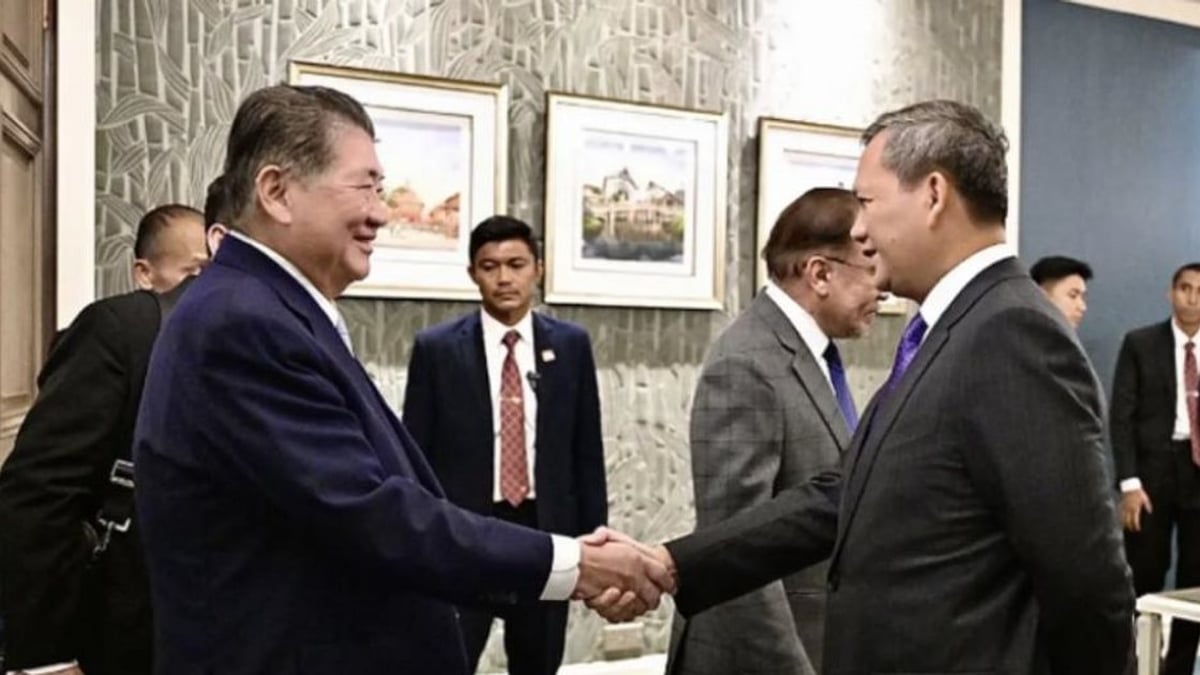

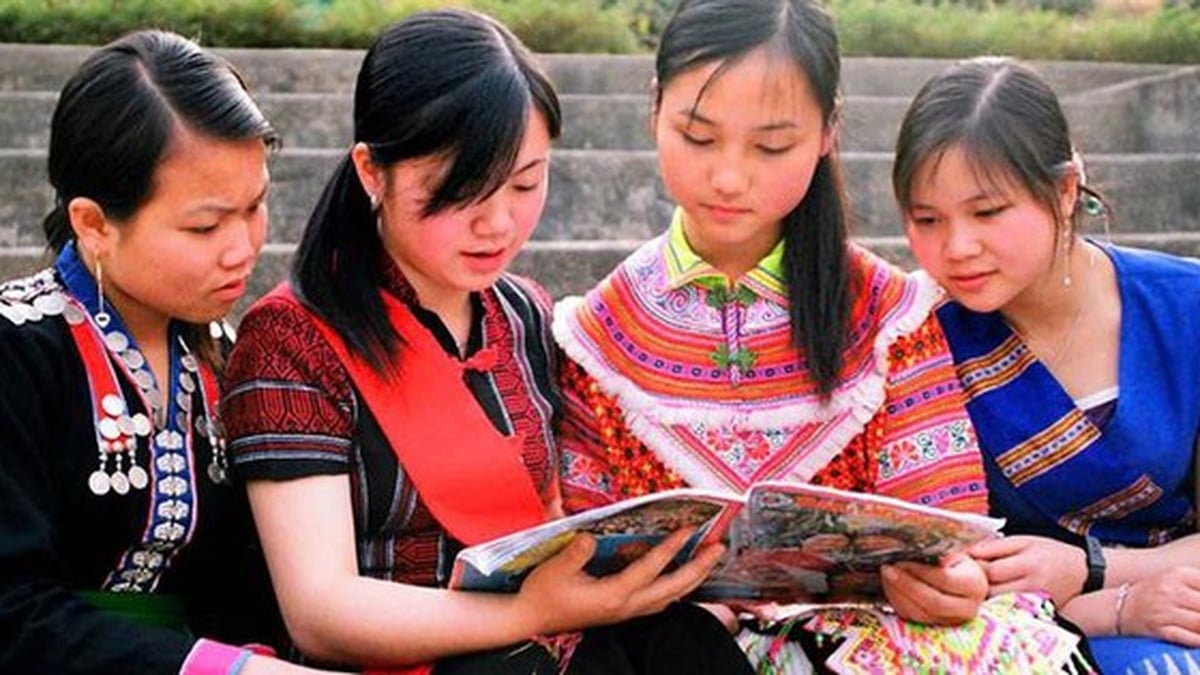















![[Photo] National Assembly Chairman attends the seminar "Building and operating an international financial center and recommendations for Vietnam"](https://vphoto.vietnam.vn/thumb/1200x675/vietnam/resource/IMAGE/2025/7/28/76393436936e457db31ec84433289f72)





































































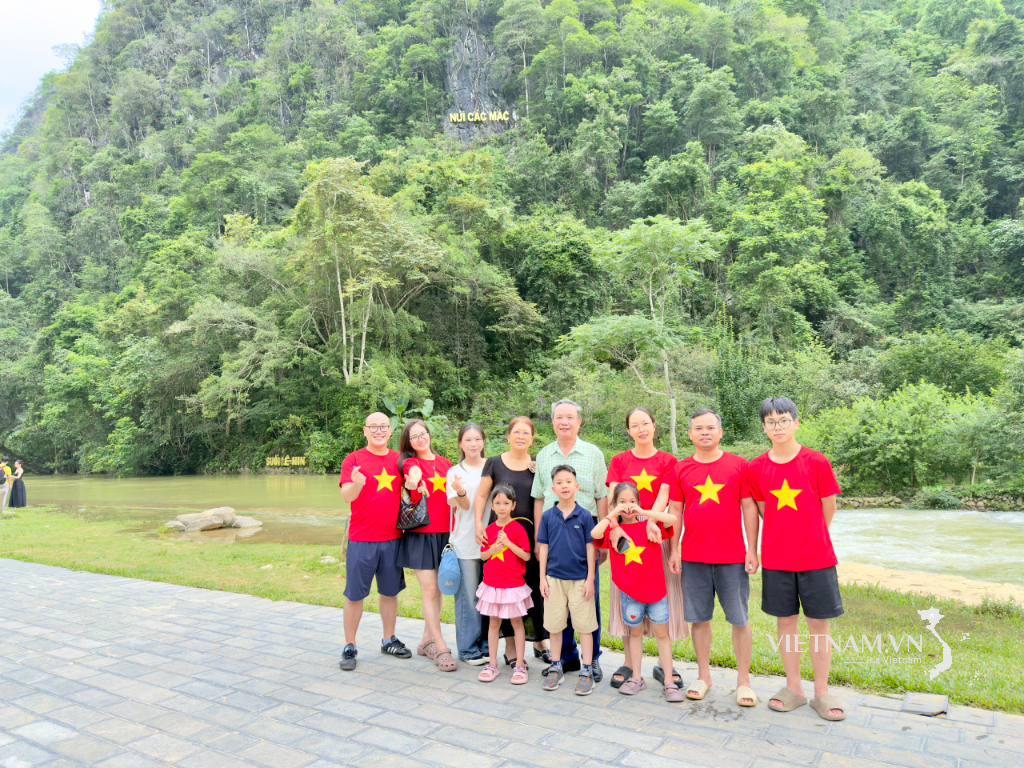
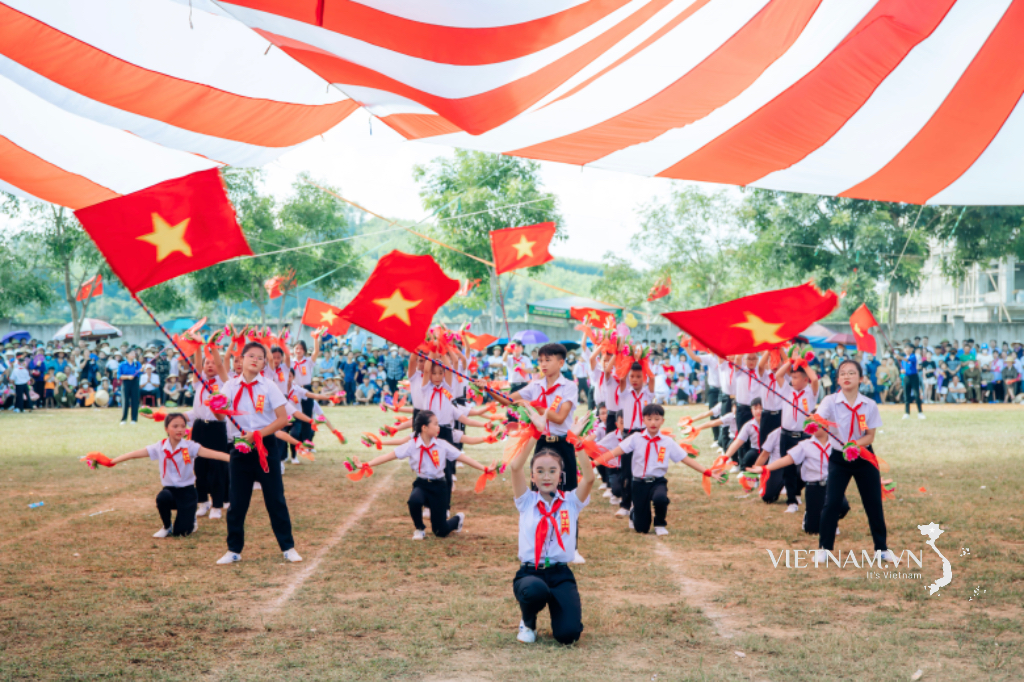


Comment (0)